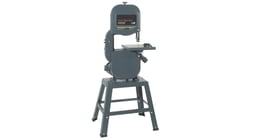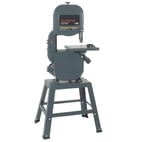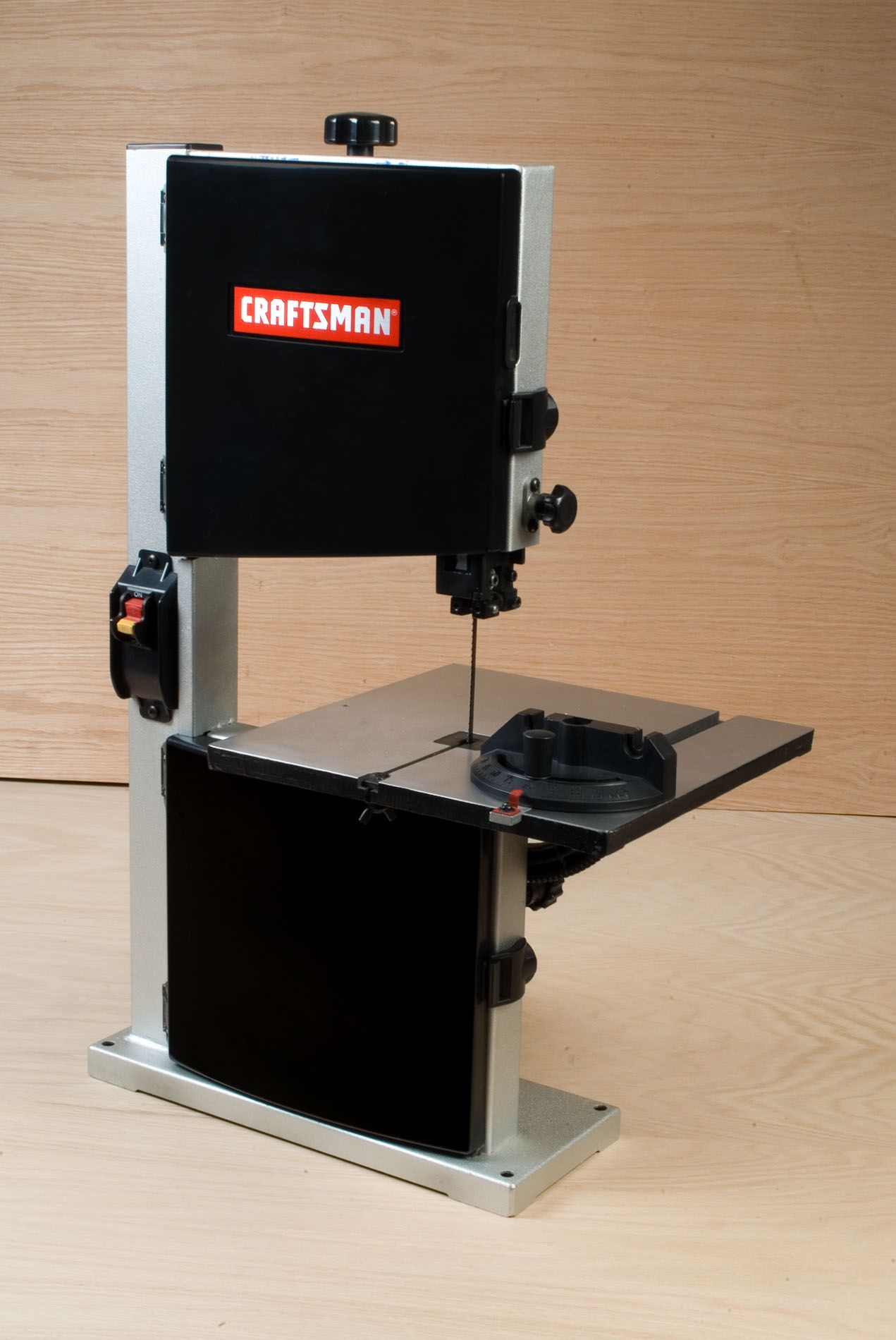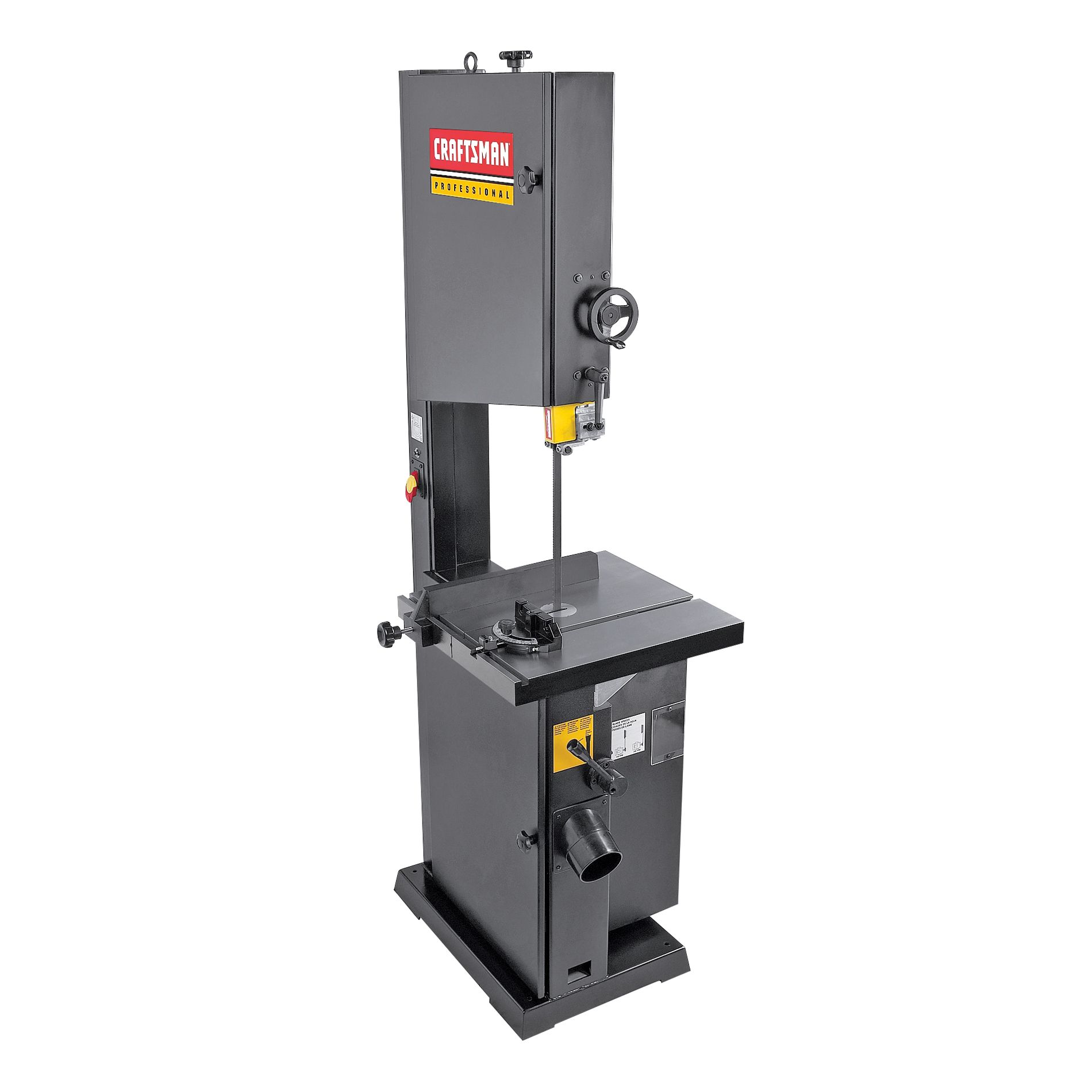Troubleshooting your Craftsman band saw when its motor won't start
A bad power supply, broken power cord, failed on/off switch or bad drive motor can prevent the band saw from starting. Check the power supply first. Plug a shop light or other electrical tool into the electrical outlet that you're using for the band saw to make sure the outlet works. If the electrical outlet is dead, reset the house circuit breaker for the outlet. If the outlet still doesn't work, try using a different outlet to power the band saw.
If the electrical outlet is okay, unplug the band saw and check the power cord for damage. Replace the cord if it's damaged. If the power cord is okay, use a multimeter to check for continuity through the on/off switch with the switch turned on (with the band saw still unplugged). The meter should measure near 0 ohms of resistance through the switch. If the meter measures infinite resistance, replace the switch because it's preventing the drive motor from getting power.
If the on/off switch is okay, check the wire harness connections between the switch and the drive motor. Reconnect any loose wires and repair any broken wires. If the wiring connections are okay, then you'll likely need to replace the drive motor because it doesn't run even though it should be getting electrical current through the power cord, on/off switch and wires.
What to do when your Craftsman band saw makes ragged cuts
Using a dull blade or the wrong type of blade in a band saw produces ragged cuts, as does feeding the work piece through the cutting area too quickly. The blade also can't make clean cuts if blade tension is loose.
Move the work piece slowly through the cutting area to help the blade cut smoothly. Pushing the work piece too fast can cause the blade to twist-resulting in cuts with tattered edges. If you have to push the work piece with more than just light force to move it through the cutting area, make sure the blade is sharp. Replace a dull blade because it will produce ragged cuts and won't cut the work piece efficiently.
Check blade tension if tattered edges appear on cuts when moving the work piece through the cutting area slowly and with light tension. Tighten blade tension if you can easily push the blade in more than a 1/4-inch using a gloved finger.
Using the wrong type of blade on a work piece can cause ragged cuts, so use the right type of blade for the work piece you're cutting. For example, using a 6 TPI (Teeth Per Inch) saw blade to cut thin plywood veneer will typically result in cuts with ragged edges. Use a thin-kerf blade with at least 60 TPI to cut thin plywood veneer cleanly.





